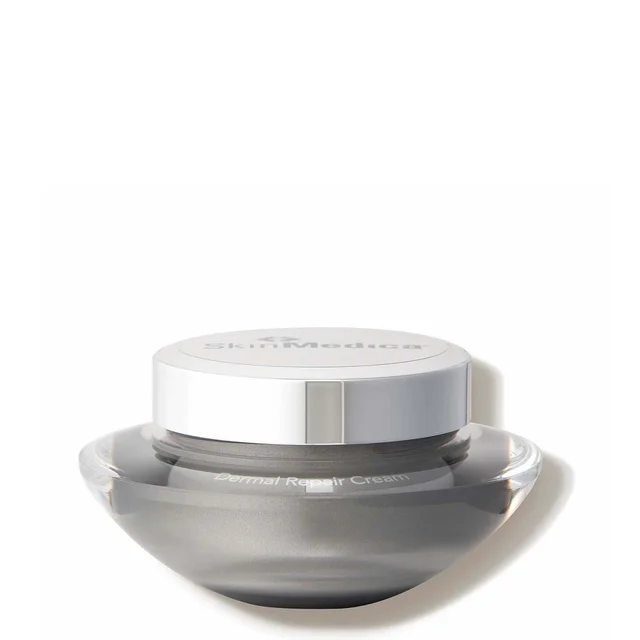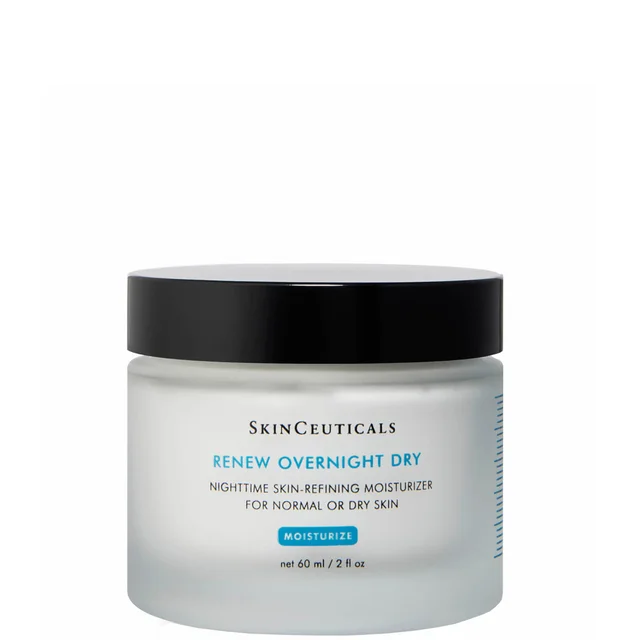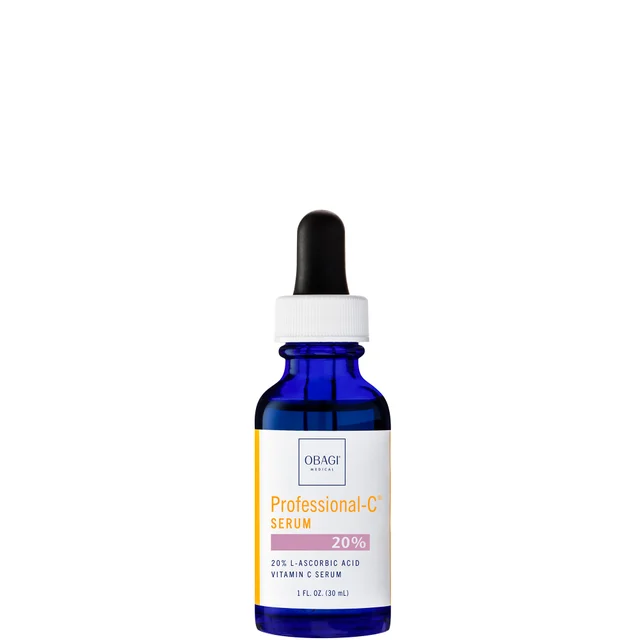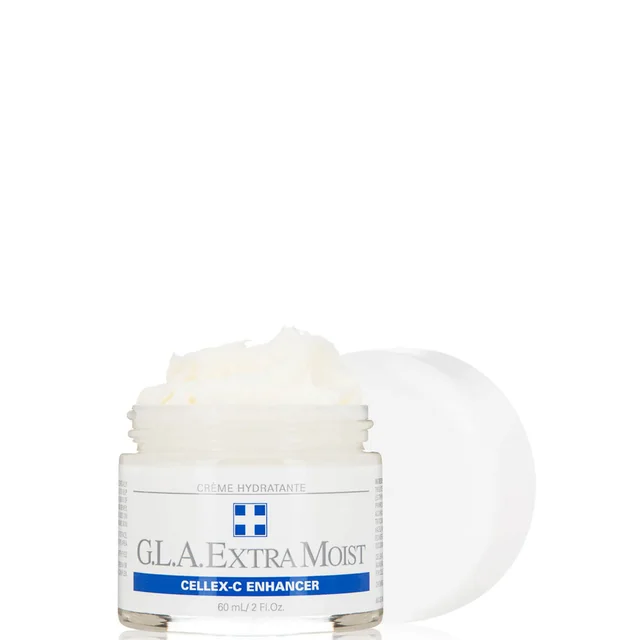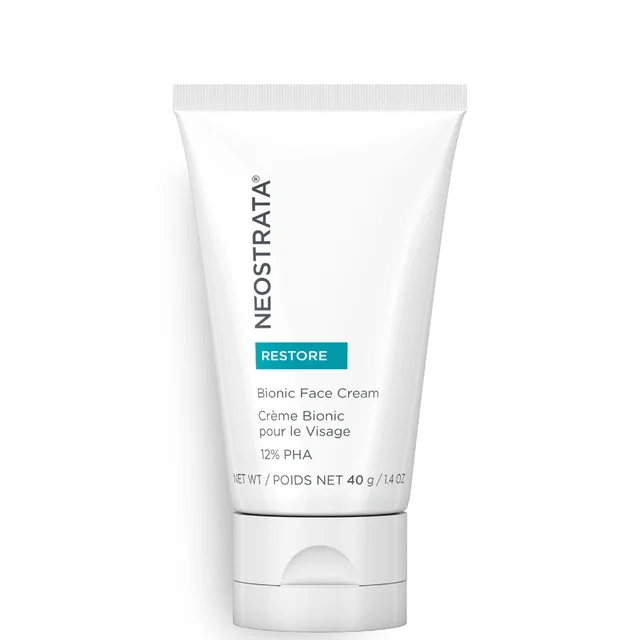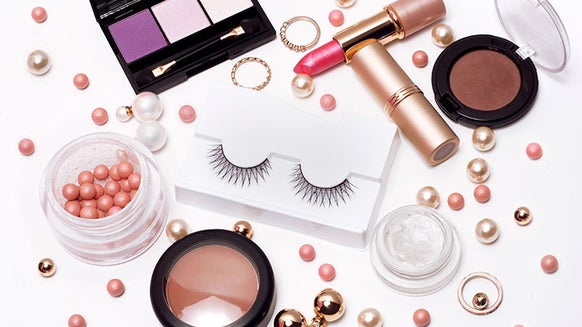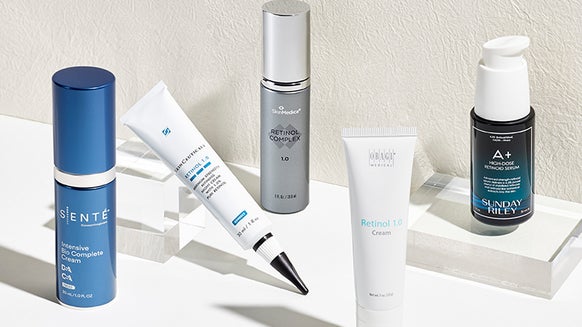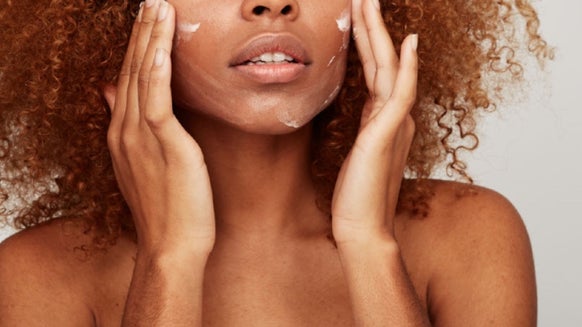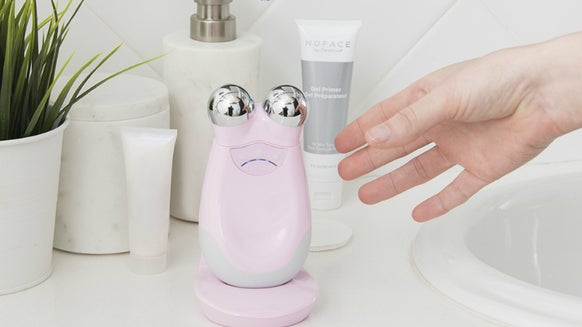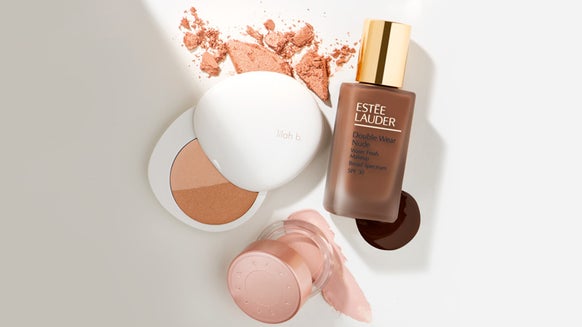How Your Sweet Tooth Could Be Making You Look Older
We all know that time and sun exposure are the enemies of smooth, youthful skin, but did you know that your penchant for sweet treats could also speed up your skin’s aging process? Thanks to diabetes research, we now know that excess glucose in the bloodstream can cause a bevy of skin issues, such as wrinkles, brown spots, yellowing skin and sagging, among others. So before you reach for your next decadent treat, read this.
But First, What Is Glycation?
So in a nutshell, sugar causes glycation, and glycation causes skin aging. How? We asked a dermatologist for a simple explanation. “Glycation is when sugar binds to other molecules in your body, such as protein and lipids,” said New York–based dermatologist Dr. Whitney Bowe. “These sugar by-products do two things. First, they stop your cells from functioning properly, and then they create free radicals, which can further damage your cells. As a result, the molecules in your skin that keep your complexion looking tight and young—namely, collagen and elastin—are no longer able to do their jobs. Furthermore, you become more vulnerable to environmental stressors such as UV light, pollution and cigarette smoke.”
Other Possible Effects of Sugar on Your Skin
But the risk of collagen breakdown isn’t the only cause for concern. According to board-certified dermatologist Cheryl Lee Eberting, the sugar by-products, also known as advanced glycation end products or AGEs, can also cause the conditions below:
Acanthosis nigrican , a darkened, velvety texture to the skin found on the back of the neck, the armpits, the folds of the elbows and the backs of the fingertipsNecrobiosis lipoidica diabeticorum , a yellowish-brown, waxy plaque usually seen on the anterior shinsScleredema adultorum, a thickening and hardening of the skin that starts on the back of the neck and can extend around to include the upper shoulders, back and chest area
Minimize Your Risk
“More AGEs mean the faster you’ll show signs of aging, both inside the body and on the surface, including your skin,” Dr. Bowe explained. So clearly, limiting your intake of sugar is the first line of defense against the aging effects of glycation. But before you completely rule out sugar-rich fruits like grapes, mangoes and cherries, remind yourself that fruit serves a number of valid nutritional purposes and that high-glycemic foods and refined carbohydrates remain the biggest threats.
“When you think of foods to avoid, think white bread, white pasta, chips, pretzels, dried fruits, cookies and cakes,” Dr. Bowe advised. “These foods are quickly broken down in our guts, and our blood subsequently surges with sugar, leading to a cascade of destruction. Try substituting these foods with low-glycemic-index foods like multigrain bread, quinoa, barley, sweet potatoes, beans, veggies and lean proteins.”
As in anything that involves the skin, prevention is best, but what do you do once the damage has been done? Dr. Eberting suggested: “It is important to use anti-aging products that maintain a healthy skin pH, have free-radical-scavenging capabilities, have anti-inflammatory properties to prevent the formation of AGEs and can assist with skin-barrier repair.”
So don’t despair if your sweet tooth has already given you a head start on aging. With positive action, you, too, can begin to see some positive results.

From the latest hair and makeup trends to the best solutions for your skin issues, we've got all your beauty concerns covered!
